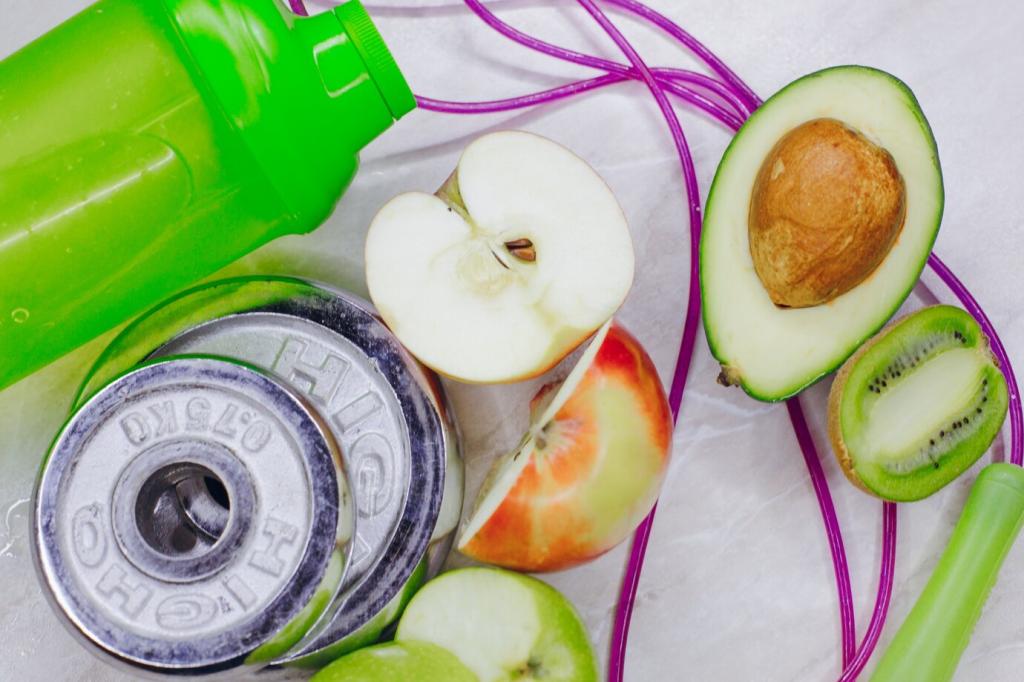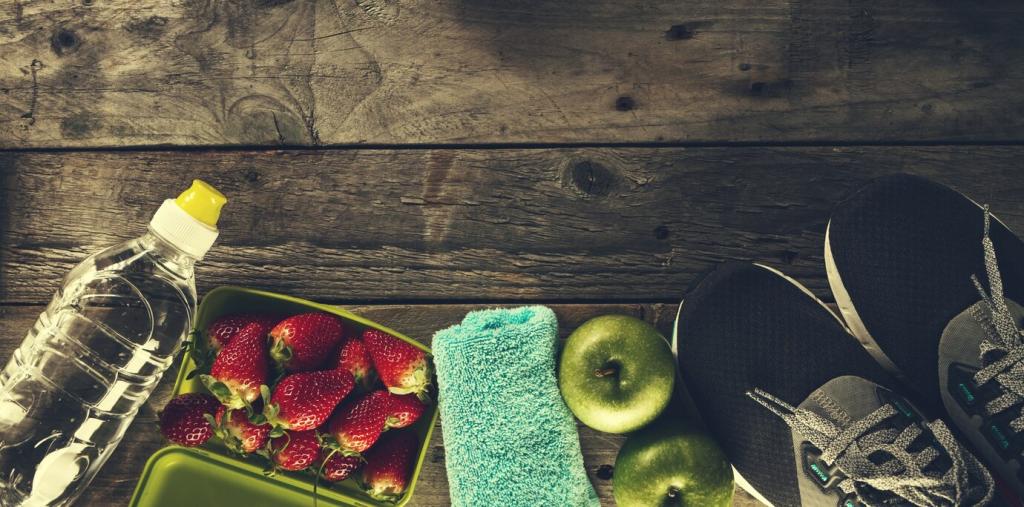How Much Fat Do Athletes Need?
A common starting point is 20–35% of total energy or about 0.5–1.0 g per kilogram of body mass for many phases. Keep protein adequate, carbs periodized for workload, and adjust fat to support energy, hormones, and consistency.
How Much Fat Do Athletes Need?
During heavy training, prioritize carbohydrates around hard sessions while keeping dietary fat steady through main meals. In lighter weeks or base periods, some athletes shift slightly higher fat for satiety and stable energy. Track trends and share your adjustments.






